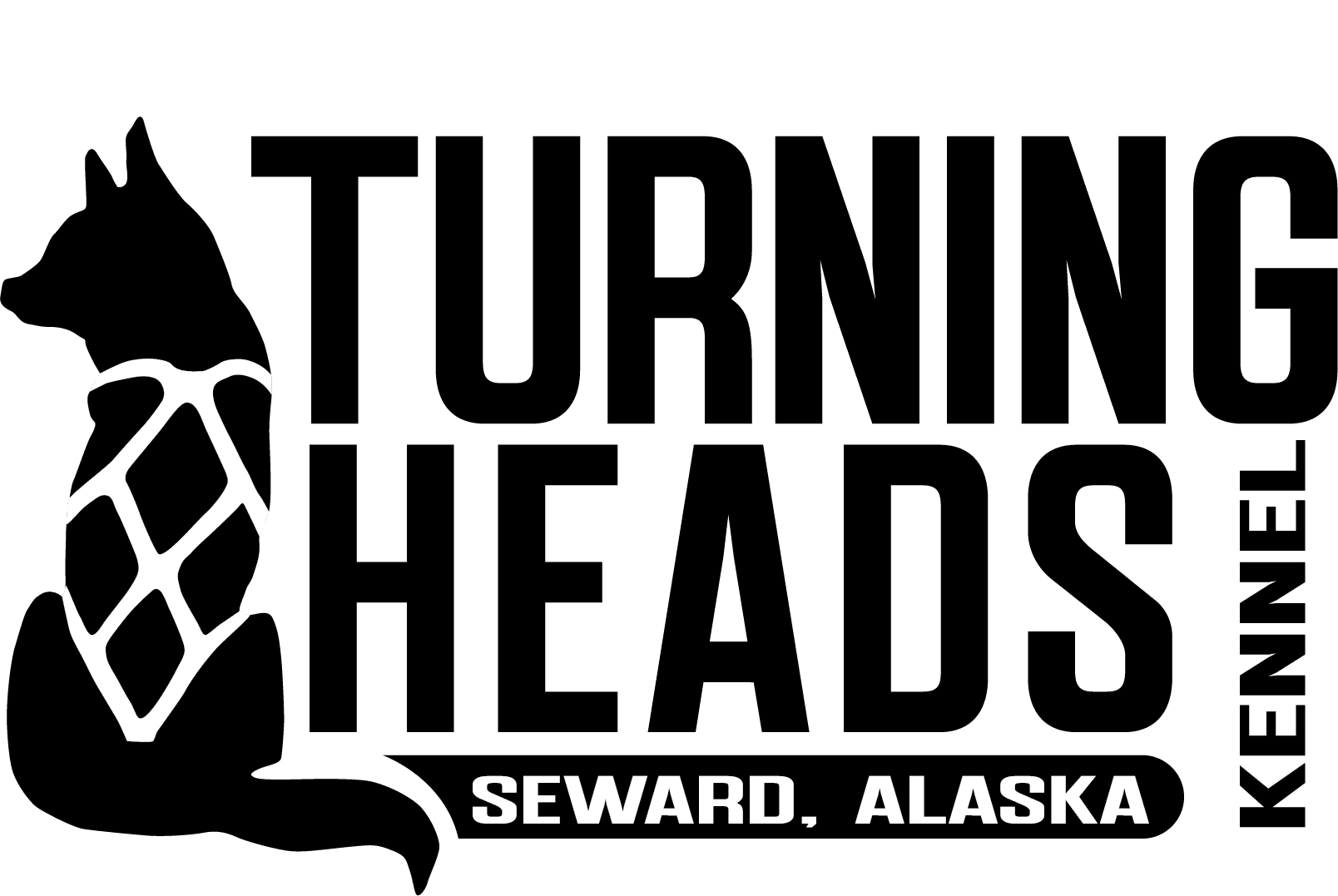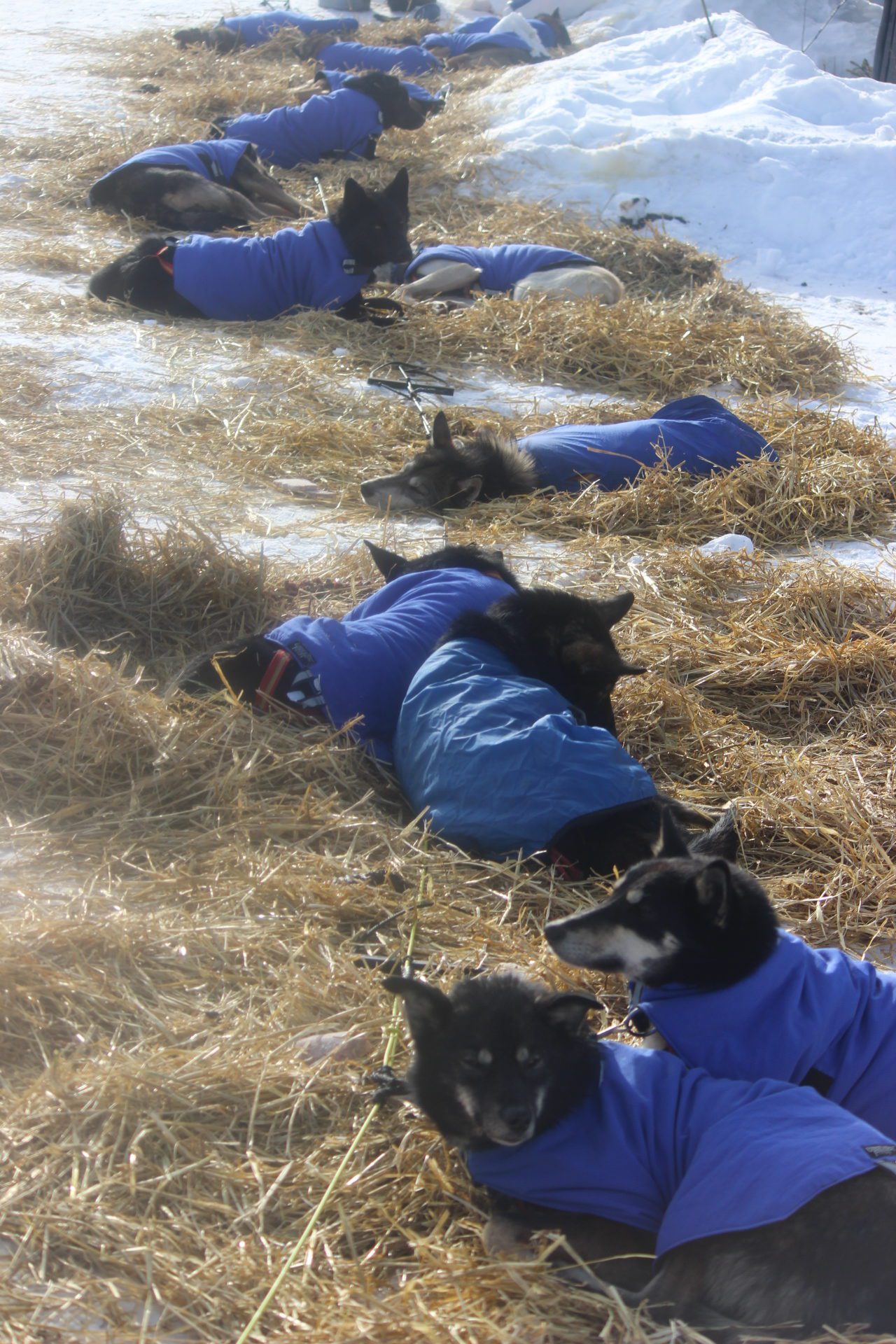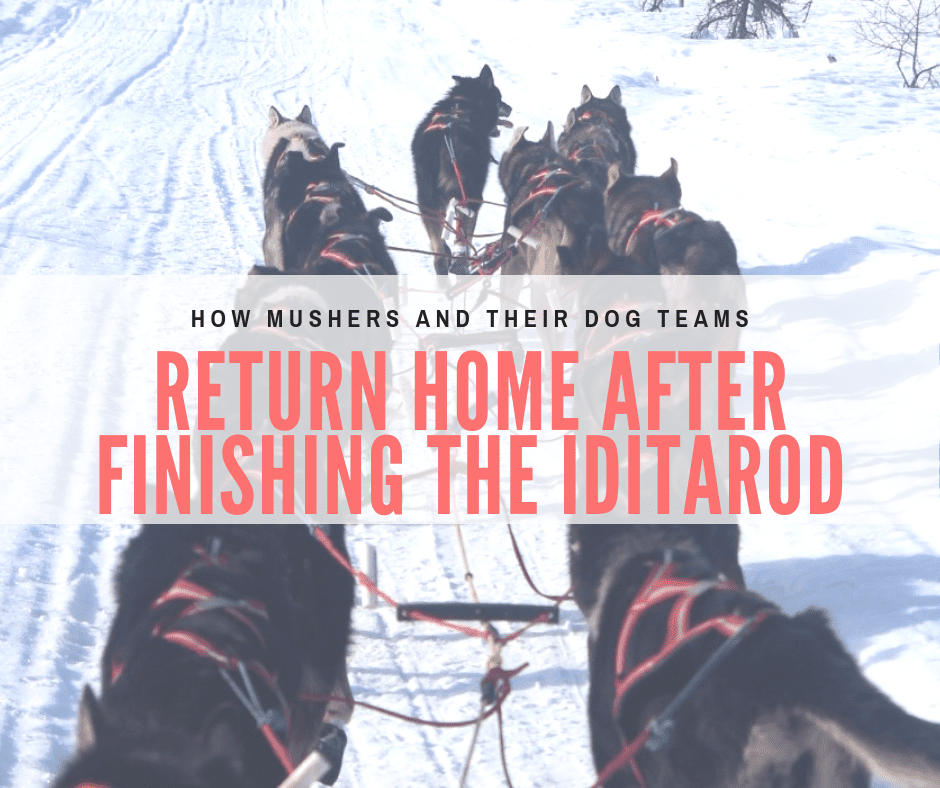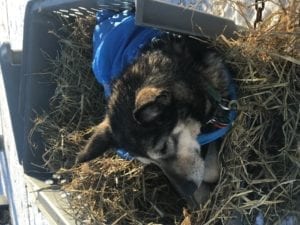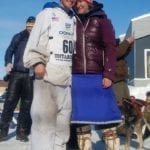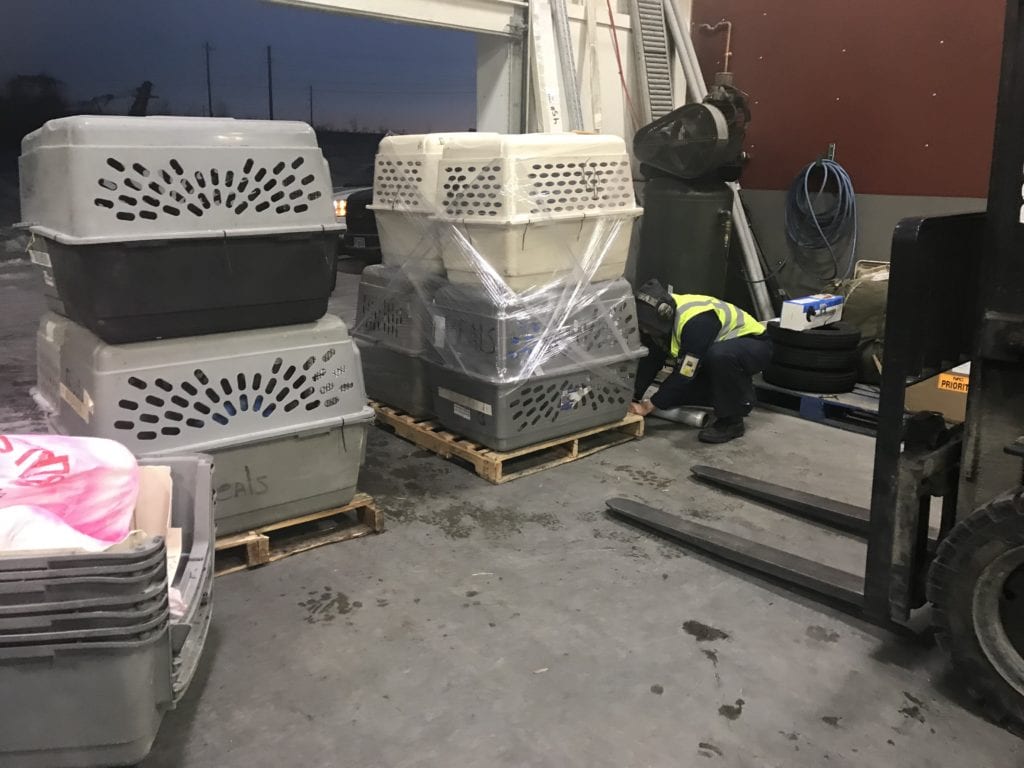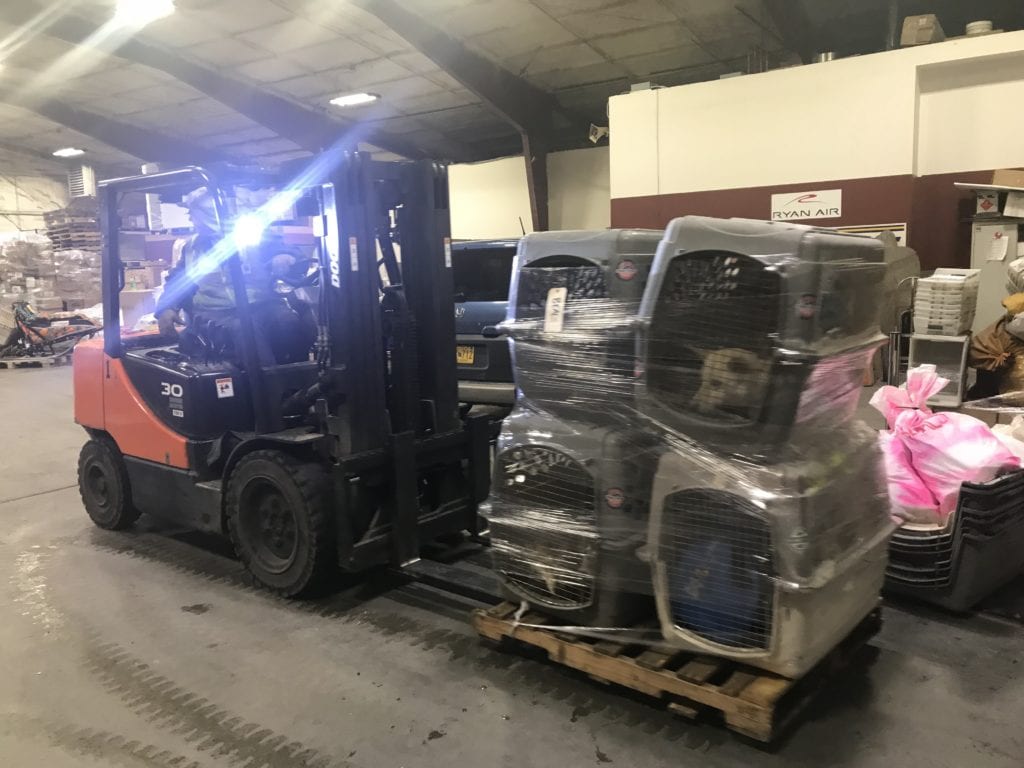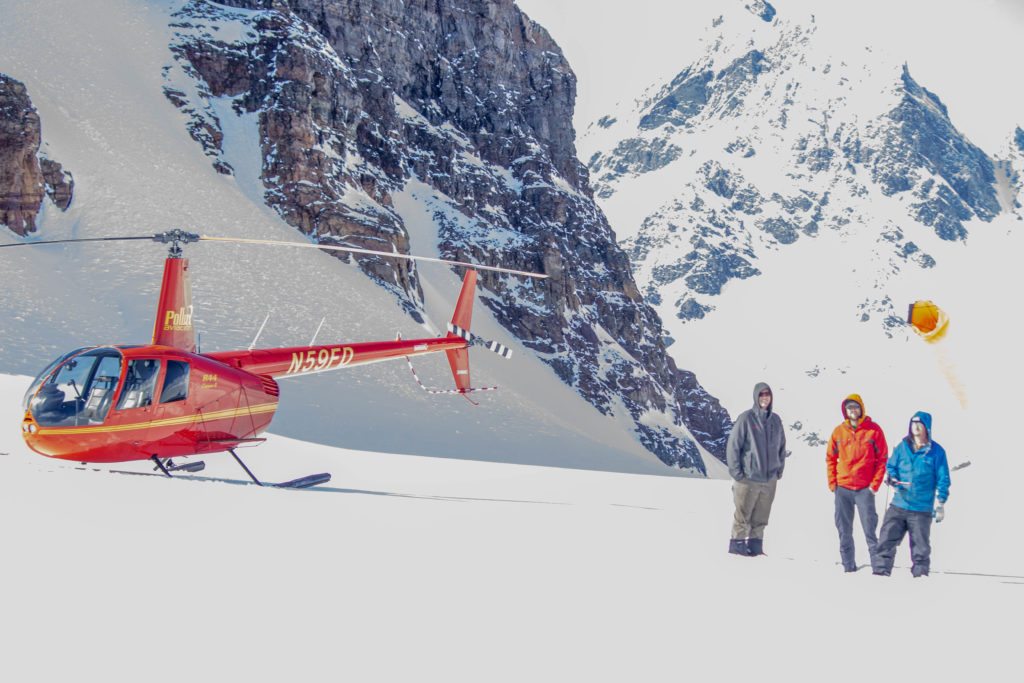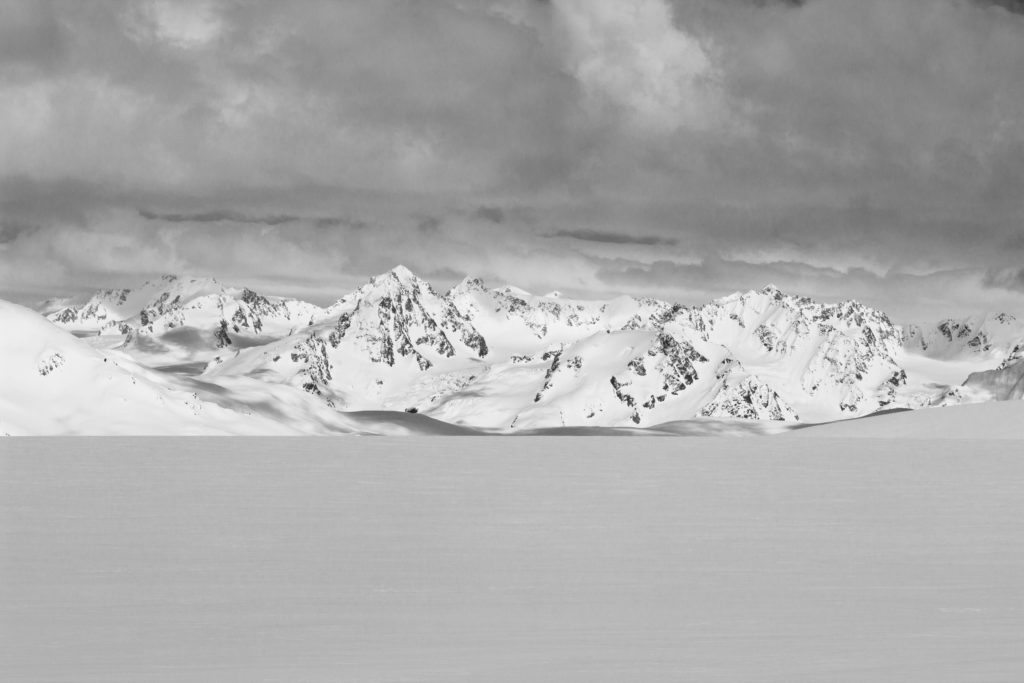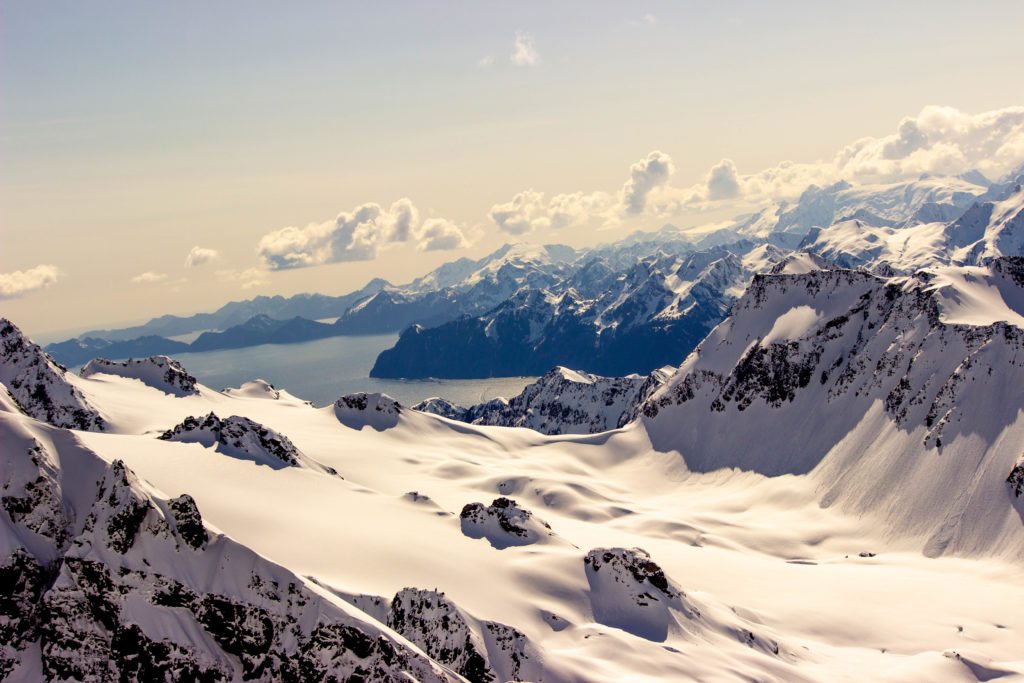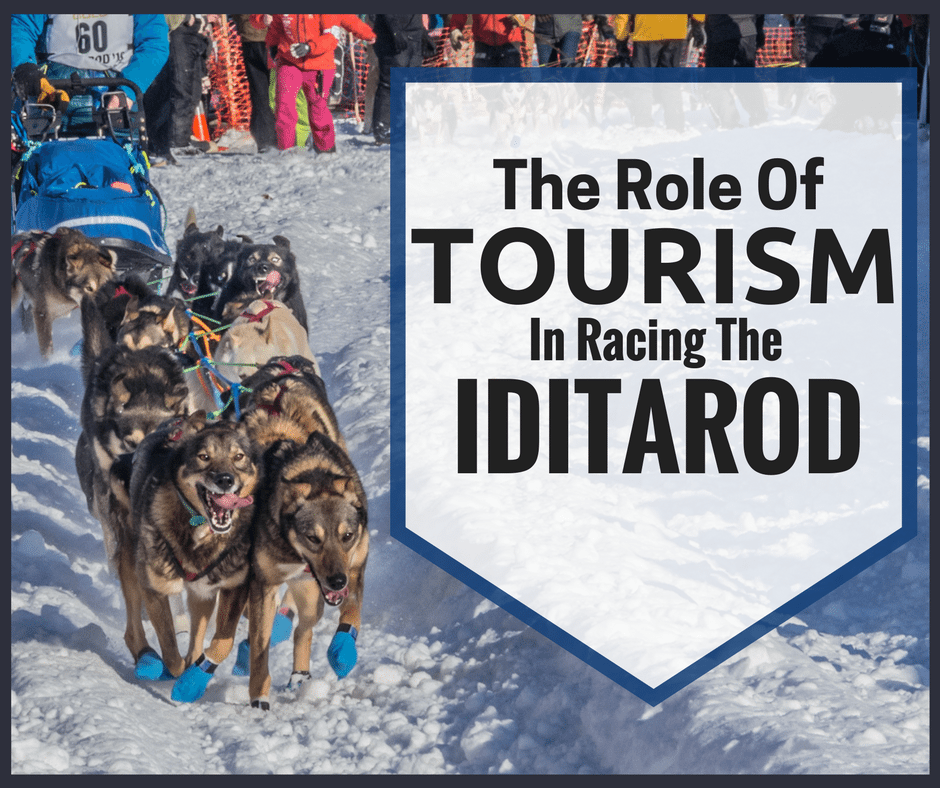Mushers give their sled dogs straw primarily for bedding during rest stops in races and training sessions, as well as in their outdoor kennels. Straw serves several important purposes in ensuring the dogs’ comfort, health, and well-being, especially in cold weather conditions. Here are the key reasons why straw is favored:
Insulation and Warmth
- Thermal Insulation: Straw is an excellent insulator. When dogs lie down on straw, their body heat is trapped in the air pockets within the straw, helping to keep them warm in freezing conditions.
- Barrier from Cold Ground: Laying straw on the snow or ice provides a protective barrier that prevents body heat from being lost to the ground, which can be a significant risk in cold weather.
Comfort
- Soft Bedding: Straw is relatively soft and can be fluffed up to create a comfortable bed that conforms to the dog’s body, providing support and comfort during rest periods.
- Dry Resting Area: Straw can help wick away moisture from the dogs’ bodies and the ground, keeping them drier and more comfortable while resting.
Health and Hygiene
- Cleanliness: Straw can be easily replaced, ensuring that dogs have a clean and dry place to rest. This is important for maintaining the dogs’ health, as it reduces the risk of skin infections and other health issues related to damp and dirty resting areas.
- Reduced Exposure to Allergens: Compared to other bedding materials like hay, straw typically has fewer seeds and other particles that can cause allergic reactions in dogs.
Practicality and Accessibility
- Availability: Straw is widely available in most regions where dog sledding is practiced, making it a convenient choice for mushers.
- Cost-Effective: It is relatively inexpensive, especially in agricultural areas, which makes it an economical choice for bedding material.
- Portability: Straw is lightweight and can be easily transported, which is essential for mushers who travel for races or training. During long-distance races like the Iditarod, mushers carry bales of straw on their sleds to create bedding for their dogs at checkpoints.
Environmental Considerations
- Biodegradable: Straw is a natural, biodegradable material that can be left on the trail without causing environmental harm, assuming local guidelines and race rules are followed regarding litter and environmental impact.
Usage in Races and Training
In the context of sled dog racing and training, mushers often carry bales of straw on their sleds to use at checkpoints or rest stops along the trail. Creating a comfortable, insulated bed for their dogs is a critical part of caring for their team, helping to ensure the dogs can rest effectively and maintain their health throughout the race or training session.
The use of straw for sled dogs by mushers is a practice grounded in ensuring the animals’ warmth, comfort, and overall well-being, especially in the demanding and often harsh conditions of dog sledding.
